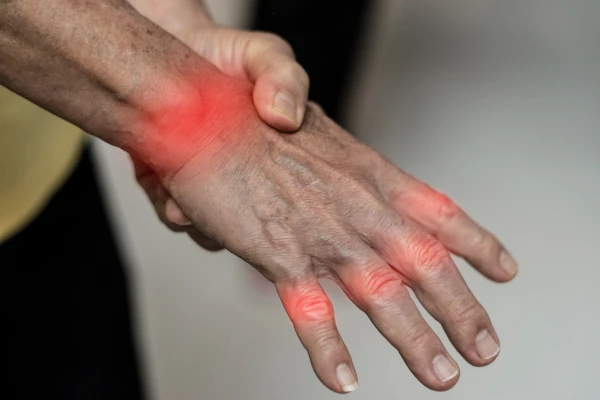
Carpal Tunnel Syndrome: Symptoms, Causes, and Treatment Options
- Dr. Nitika Sharma (MPT)
Connect with our expert physiotherapist for personalized physiotherapy advice.
Understanding carpal tunnel syndrome (CTS) is crucial for effective treatment and management. While many people experience hand and wrist pain regularly, CTS has distinct characteristics that set it apart. This comprehensive guide explores the key aspects of carpal tunnel syndrome, helping you better identify and communicate your symptoms to healthcare providers.
What is Carpal Tunnel Syndrome?
Carpal tunnel syndrome occurs when the median nerve, which runs through a narrow passage in your wrist called the carpal tunnel, becomes compressed. This compression leads to various symptoms that can significantly impact your daily activities and quality of life.
Symptoms of Carpal Tunnel Syndrome:
Typically described as tingling, numbness, or burning sensation
Often worsens at night or during repetitive activities
Usually affects the thumb, index, middle, and ring fingers
Can be accompanied by weakness in grip strength
May develop gradually over time
Common Causes and Risk Factors
Several factors can contribute to the development of carpal tunnel syndrome. Understanding these can help in prevention and management of the condition.
Key Risk Factors:
Repetitive hand and wrist movements
Prolonged computer use or typing
Pregnancy and hormonal changes
Diabetes and other medical conditions
Wrist injuries or inflammation
Treatment Approaches for Carpal Tunnel Syndrome
1. Conservative Treatment- Rest and Modification:
Avoid aggravating activities and modify work habits
- Wrist Splinting:
Especially helpful during sleep and activities
- Physical Therapy:
Specialized exercises and nerve gliding techniques
- Anti-inflammatory Measures:
Ice therapy and medication when needed
- Corticosteroid Injections:
Reduce inflammation and provide temporary relief
- Physical Therapy:
Professional guidance for exercises and techniques
- Ergonomic Modifications:
Workplace adjustments to prevent further strain
- Lifestyle Changes:
Weight management and activity modifications
- Endoscopic Surgery:
Minimally invasive approach with faster recovery
- Open Release Surgery:
Traditional method for severe cases
- Post-operative Care:
Rehabilitation and gradual return to activities
- Long-term Management:
Prevention strategies to avoid recurrence
When to Seek Medical Attention
Persistent numbness or tingling
Weakness in hand grip
Sleep disruption due to symptoms
Difficulty with daily activities
Symptoms not improving with self-care
Prevention Strategies
Taking preventive measures can significantly reduce your risk of developing or worsening carpal tunnel syndrome. Regular breaks, proper ergonomics, and exercise can make a substantial difference in managing symptoms.
Final Thoughts
Understanding carpal tunnel syndrome is the first step toward effective management. While some cases can be managed with conservative treatment, others may require medical intervention. The key is early recognition and appropriate treatment to prevent long-term complications.
Connect with our expert physiotherapist for personalized physiotherapy advice.



